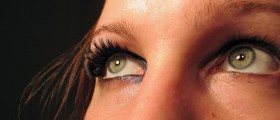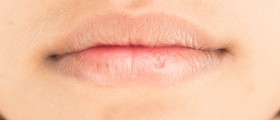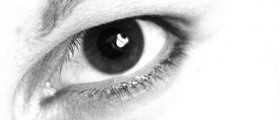
The human eyes are moving with the assistance of 6 muscles attached to the outside of the eyeball. There are 2 muscles that move the eye in horizontal direction, the lateral rectus muscle (it pulls the eye out) and the medial rectus muscle (it pulls the eye in). Other 4 muscles move the human eye up and down and at some angle. If these muscles function in unison the person sees clearly and without any additional problems. However, abnormal muscle functioning, no matter if it is congenital or acquired, lead to many visual disturbances.Duane Syndrome Overview
Duane syndrome (DS) is a congenital disorder affecting movement of the eyes. In the majority of cases the condition is diagnosed in childhood, by the age of 10. Also, there is generally the inability of the eye to move outwards.
The problem regarding inappropriate eye movements seems to develop during pregnancy. Namely, certain parts of the brain stem in charge of the eye muscles may not develop adequately. The sixth cranial nerve, the one innervating the lateral rectus muscle, does not develop properly either. Why these developmental issues occur in the first place remains unknown.
One more characteristic of the disorder is pulling of the eyeball inside the socket once the eye moves towards the nose. As a result of all the abnormalities these patients have to deal with, they most commonly turn their face in order to achieve binocular vision. This way they compensate for the malfunctioning of eye muscles.
The disorder may occur alone or is also associated with some other conditions or syndromes. For instance, such patients may be additionally suffering from some malformations of the skeletal system, eyes, ears, kidneys and the nervous system.
Duane Syndrome Diagnosis and Treatment
It is essential to differentiate Duane syndrome from conditions that may also cause similar or even the same symptoms and signs. The similarity may be noticed in people who have had an eye trauma accompanied by localized infection of the orbit. Also it is highly likely that adults with symptoms and signs that resemble those of Duane syndrome may not be actually suffering from this disorder because it is typically diagnosed in childhood.
Patients usually help themselves by slightly turning their faces. This way they achieve and maintain binocularity. If there are additional refractive errors, these are easily brought under control with eyeglasses or contact lenses.
Because the disease is congenital and the damaged nerves simply cannot be repaired, there is no surgery capable of improving eye muscle movement. Surgery may only place the affected eye in a more central position and reduce the need for abnormal head posture.
















Your thoughts on this
Loading...